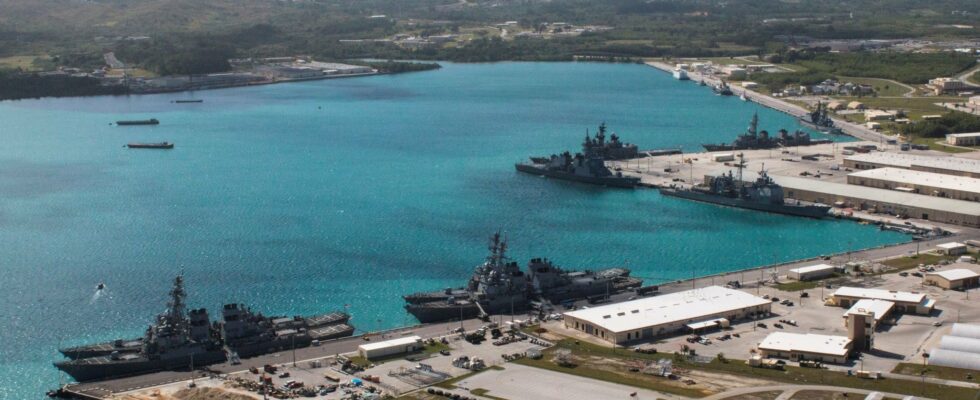While France wonders whether it will build 6 or 14 EPRs in the future, the military is increasingly eyeing small nuclear reactors to power their bases. In the corridors of Eurosatory, the international exhibition dedicated to defense and security, a number of generals, equipment manufacturers and analysts discuss the subject. Especially since the United States has decided to take the plunge. “The US Department of Defense has been pushing the issue for several years now, and a first small reactor located in a US Air Force base should soon be put into service,” says Ryan Duncan, director of government relations at Last Energy, a start-up that offers turnkey mini-power plants.
The United States has learned the lessons of history. In December 1941, the Japanese failed to destroy the U.S. fleet’s fuel storage sites and tankers. Their loss would undoubtedly have forced the Pacific Fleet to withdraw, having only four to five days of fuel left. “It would have prolonged the war by two years,” declared Admiral Chester Nimitz after the conflict.
100 million dollars each
Today, regulations require American bases to be more resilient. If an incident cuts off their main energy supply system, they must be able to operate for 14 days, using generators. This does not come without posing some difficulties: in very remote areas like the island of Guam in the middle of the Pacific, it is not easy to deliver the tons of fuel needed. Hence the planned use of nuclear power. “This technology is proven. It is capable of producing a lot of energy. Furthermore, the entire supply chain exists. There is no need to wait several years to build it,” explains Ryan Duncan.
Last Energy is banking on a small 20 megawatt pressurized water reactor. A classic system whose size has been reduced to better meet the needs of a military enclosure. This installation costs “only” $100 million per unit, much less than the price of a large reactor. And it only takes four months to assemble it, after 20 months of prefabrication in the factory. This is the whole innovation of the American start-up: the modular nature does not apply only to the reactor but to the entire power plant. This is made up of around forty blocks which are all the size of a standard container. This makes it very easy to ship the set to any region in the world.
Microreactors in kits
“Even though our plant is half buried and its reactor is protected by 500 tons of cast iron, which protects the facility from plane crashes and missiles, it is not intended to be located in a war zone “, however specifies Ryan Duncan. Other companies are already imagining microreactors with a power of 1 gigawatt, which can be delivered by truck and assembled – or dismantled – in just a few days. This is, again, a modular solution. A first demonstrator, called PELE, should be tested by the end of next year on American soil.
The criticisms are already raining down. What if an attack results in a reactor core meltdown or scatters fragments of radioactive fuel? For defenders of the PELE microreactor, these concerns are premature. The device is only at the prototype stage. Most protection measures will be external to the system itself and still need to be developed.
However, PELE’s advantage becomes clear when compared to the program to convert oil tankers into mobile power generators during the Vietnam War, the military points out. At comparable power, the old solution required large ships and millions of liters of fuel in reserve. The microreactor should fit in four standard containers and be refueled every three years.
“One thing is certain: whether the customers come from the army or the civilian sector, we will be able, within a decade, to build small power plants and nuclear reactors on an assembly line thanks to giga-factories,” predicts Ryan Duncan . Last Energy expects 10,000 sales in the long term. As if the era of large reactors was definitely over.
.
